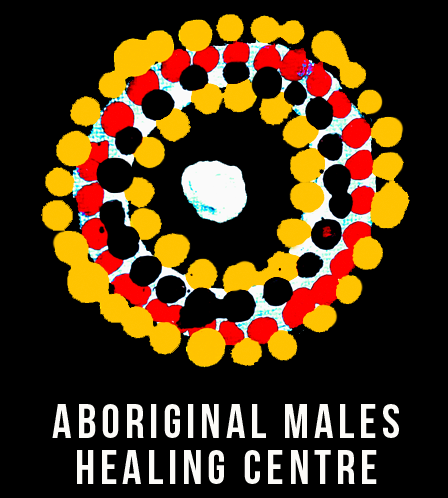Healing
AMHC will offer an alternative to incarceration for men that use violence against women and children. AMHC aims to heal these men and break the cycle of violence; and provide a safe and secure place for women and children. The safety of women and children is our paramount concern.
The AMHC will offer a 12-month residential healing program incorporating clinical care and rehabilitation underpinned by Aboriginal culture and lore. An extended program will give the men time to develop:
Life skills and meaningful employment opportunities
A sense of responsibility
Good physical health
Emotional and spiritual strength
Throughout the healing process, AMHC will aim to protect the safety of women and children by providing a safe and secure environment away from the centre.
Aboriginal culture and lore
It is widely accepted that connecting to culture should be a key component of Indigenous programs and is “significantly associated with non-recidivism”*.
There is clear recognition of the importance of culturally safe interventions which:
“…centre on culturally based forms of identity, belonging, stability and protection which create meaning and connection for Aboriginal peoples. This is viewed as the central element in building resilience, meaning and purpose for Aboriginal and Torres Strait Islander people across the entire community, not solely in the criminal justice system.”
The AMHC presents an opportunity for Aboriginal men who use violence to remain on country and reconnect with their culture while undergoing healing. Aboriginal culture and lore is key healing element. All programs are developed and delivered by respected Elders in collaboration with the clinical team.
Entry into the program
Men can enter the program on a voluntary basis or be referred by the courts. The demand for the AMHC is anticipated to be high. Accordingly, residents referred by the courts will be prioritised.
Under Western Australian law, there are several ways in which the AMHC program can be mandated by the courts such as:
a condition of bail,
a condition of a Community Based Order or Intensive Supervision Order, or
deferring a sentence for a period during which the offender can be subject to conditions.
——
* Reference: The impact of indigenous cultural identity and cultural engagement on violent offending; Stephane M. Shepherd, Rosa Hazel Delgado, Juanita Sherwood, and Yin Paradies; 2017




